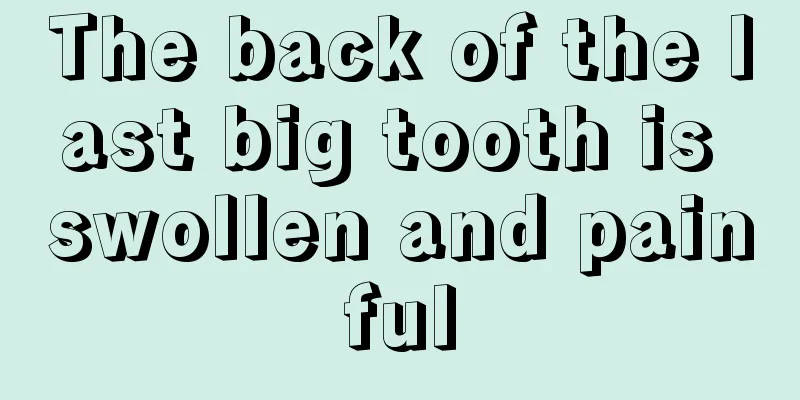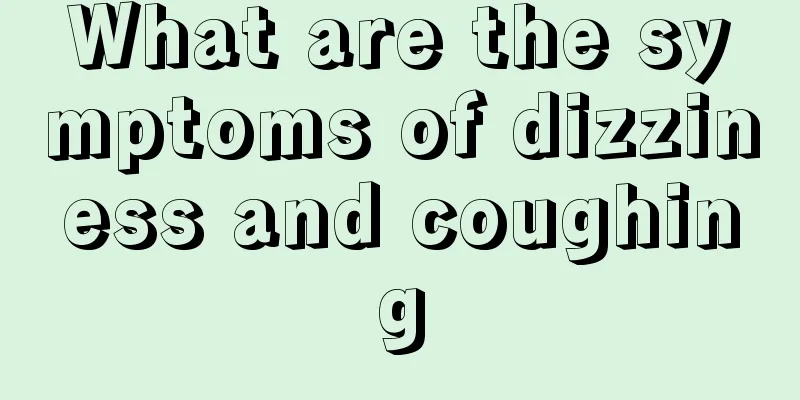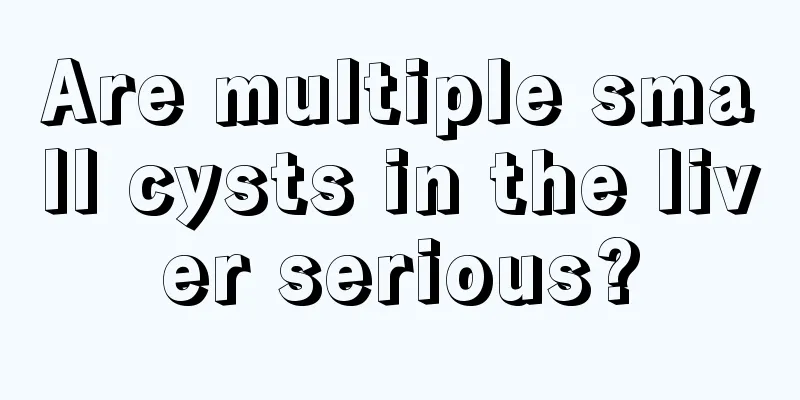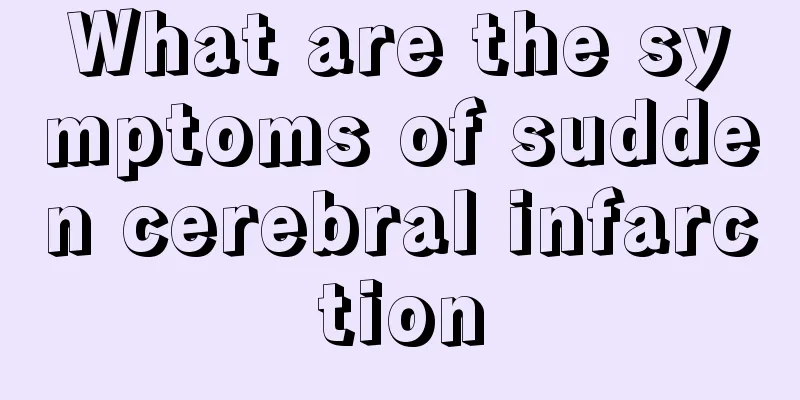The back of the last big tooth is swollen and painful

|
Swelling and pain behind the last molar may be caused by pericoronitis of wisdom teeth. Pericoronitis is a condition in which the gums around the wisdom teeth become inflamed and swollen when the wisdom teeth grow. Pericoronitis of wisdom teeth is one of the common diseases in oral surgery. It is characterized by acute onset of An Changwei. Pericoronitis of wisdom teeth may cause inflammation of other mucosal spaces. Next, we will analyze in detail what is pericoronitis of wisdom teeth? How should it be treated? Causes The mandibular third molar, also known as the wisdom tooth, is the last tooth to erupt in the dentition. Due to insufficient eruption position, it can lead to varying degrees of impaction. During the eruption of impacted wisdom teeth and wisdom teeth, the crown of the tooth may be partially or completely covered by the gingival flap, forming a deep blind pocket between the gingival flap and the crown, which becomes a natural place for hiding food residues, exudate and bacteria; in addition, the crown gums are often damaged by chewing food, forming ulcers. When the systemic resistance decreases and the local bacterial virulence increases, it may cause an acute attack of pericoronitis. Therefore, pericoronitis of wisdom teeth mainly occurs in young people aged 18 to 30 years old during the eruption period of wisdom teeth and patients with incompletely erupted impacted wisdom teeth. Clinical manifestations 1. Acute phase: Wisdom tooth pericoronitis Pericoronitis of wisdom teeth often presents as an acute inflammatory form. In the early stages of acute pericoronitis of wisdom teeth, there is generally no obvious systemic reaction. The patient feels swelling, pain and discomfort in the area behind the molar on the affected side, and the pain worsens when eating, chewing, swallowing, or opening the mouth. If the disease continues to progress, there may be local spontaneous throbbing pain or radiating pain along the distribution area of the auriculotemporal nerve. If the inflammation invades the masticatory muscles, it can cause reflex spasm of the muscles and result in varying degrees of restricted mouth opening, or even "trismus". Due to unclean oral cavity, bad breath, thick tongue coating and salty secretions overflowing from the affected gum pockets. Systemic symptoms may include varying degrees of chills, fever, headache, general malaise, loss of appetite and constipation, a slight increase in the total white blood cell count, and an increase in the proportion of neutrophils. 2. Chronic stage: Chronic pericoronitis often has no obvious clinical symptoms, only mild local tenderness and discomfort. Specialist examination Local oral examination shows that the wisdom teeth of most patients are incompletely erupted. If the tooth is low-positioned or the crown is completely covered by the swollen gingival flap, a probe is needed to detect the incompletely erupted wisdom teeth or impacted teeth under the gingival flap. The soft tissue and gums around the wisdom teeth are red, accompanied by varying degrees of swelling. The edges of the gingival flaps are eroded, with obvious tenderness, or pus can be pressed out of the gingival pockets. In severe cases, inflammatory swelling may spread to the palatoglossal arch and lateral pharyngeal wall, accompanied by obvious difficulty in opening the mouth. However, when the purulent inflammation is localized, a pericoronal abscess may form, which may sometimes rupture on its own. The adjacent second molar may have percussion pain. Sometimes the distal neck of the second molar may be decayed due to local factors such as impacted teeth. Pay more attention during the inspection and do not miss it. In addition, there is usually swelling and tenderness of the submandibular lymph nodes on the affected side. complication Pericoronary inflammation can spread directly or through lymph nodes, causing infection in adjacent tissues, organs, or fascial spaces: 1. Pericoronitis of wisdom teeth often spreads to the posterior area of the molars, forming a subperiosteal abscess. The abscess breaks outward and a subcutaneous abscess occurs in the weak point between the anterior edge of the masseter muscle and the posterior edge of the buccinator muscle. Once the skin is broken through, a cheek fistula that does not heal for a long time may be formed. 2. The inflammation spreads forward along the outer oblique line of the mandible, and may form an abscess or rupture into a fistula under the periosteum at the turning point of the buccal mucosa of the mandibular first molar. 3. The inflammation spreads posteriorly along the lateral or medial side of the mandibular ramus, causing infection of the masseter space and pterygomandibular space, respectively. In addition, it may also lead to buccal space and submandibular space. Infection of the floor of mouth space, parapharyngeal space or occurrence of peritonsillar abscess. Disease diagnosis It is generally not difficult to make a correct diagnosis based on medical history, clinical symptoms and examination findings. Use a probe to check for the presence of unerupted or impacted wisdom tooth crowns. X-ray examination can help understand the growth direction, position, root morphology and periodontal condition of incompletely erupted or impacted teeth; in X-rays of chronic pericoronitis, the presence of periodontal bone shadows (pathological bone pockets) can sometimes be found. It must be noted that when pericoronitis of mandibular wisdom teeth is accompanied by cheek fistula or buccal gingival fistula of mandibular first molar, it may be mistaken for inflammation of the first molar, especially when there are lesions in the first molar and its periodontal tissues, it is more likely to be misdiagnosed. In addition, it should be differentiated from apical periodontitis caused by deep caries in the distal neck of the second molar and malignant tumors of the gums in the third molar area. Disease treatment In the early stages of pericoronitis of wisdom teeth, there are only mild symptoms, which are often ignored by patients and delayed in timely treatment, causing the inflammation to develop rapidly and even cause serious complications. Therefore, early diagnosis and timely treatment are very important. Treatment principles for pericoronitis of wisdom teeth: In the acute phase, the treatment should focus on anti-inflammatory, analgesic, incision and drainage, and enhancing systemic resistance. When the inflammation turns into the chronic stage, if the impacted tooth is impossible to erupt, it should be extracted as soon as possible to prevent recurrence of infection. 1. Rinse locally. The treatment of wisdom tooth pericoronitis focuses on local treatment, which is mainly to remove food debris, necrotic tissue and pus in the gingival pocket. Commonly used: normal saline and 1% to 3% hydrogen peroxide solution. Repeatedly rinse the gingival pockets with 1:5000 potassium permanganate solution, 0.1% chlorhexidine solution, etc. until the overflowing fluid is clear. Dry the area, dip a probe into 2% iodine tincture, iodine glycerin or a small amount of iodine phenol solution and insert it into the gum pocket, 1 to 3 times a day, and rinse your mouth with warm water or other mouthwashes. 2. Antimicrobial drugs and systemic supportive therapy are selected based on the degree of local inflammation and systemic reaction and the presence or absence of other complications. 3. Incision and drainage. If an abscess forms near the gingival flap, it should be promptly incised and a drainage strip placed. 4. Pericoronal gingival flap resection. When the acute inflammation subsides, for wisdom teeth that have sufficient eruption position and normal tooth position, the pericoronal gingival flap of the wisdom tooth can be removed under local anesthesia to eliminate the blind pocket. 5. Mandibular wisdom tooth extraction. Mandibular wisdom teeth that are malpositioned or do not have sufficient space for eruption should be extracted as soon as possible if the corresponding maxillary third molars are malpositioned or have been extracted, or to avoid the recurrence of pericoronitis. For patients with buccal fistula, the fistula tract should be removed, the granulation tissue should be scraped off, and the facial skin fistula should be sutured at the same time as the tooth is extracted. |
<<: How to quickly reduce the swelling of swollen teeth
>>: How to quickly reduce periodontal swelling and pain
Recommend
How should I care for pituitary tumors after surgery?
We should actively exercise on a daily basis to p...
The main causes of rectal cancer
With the improvement of living standards, most pe...
What should I do if my gums are swollen, painful and blistered?
Swollen, painful and blistering gums are all symp...
Early diagnosis method of cervical cancer
Patients with cervical cancer do experience irreg...
Paraneoplastic syndromes in patients with liver cancer
Some patients with liver cancer present with the ...
Symptoms of vomiting in advanced brain cancer
When it comes to common diseases, I believe every...
What to do if you have nosebleed when you get angry
Many people are particularly prone to nosebleeds ...
Long-term drinking of hot tea increases the risk of esophageal cancer
Generally speaking, the recognized cause of esoph...
What are the early symptoms of cervical cancer? What is the best food for cervical cancer patients?
Cervical cancer is the most common gynecological ...
What is metastatic liver cancer?
What is metastatic liver cancer? Metastatic liver...
How to wash off oil stains on clothes
In our daily life, if we are not careful, oil sta...
How long can you live with testicular cancer
Testicular cancer has a very serious impact on th...
How to check the safe period and dangerous period
Many female friends do not know how to calculate ...
Why do eyebrows turn white
As people get older, their bodies begin to gradua...
Why does the upper body sweat easily
Generally speaking, most people sweat normally. T...









